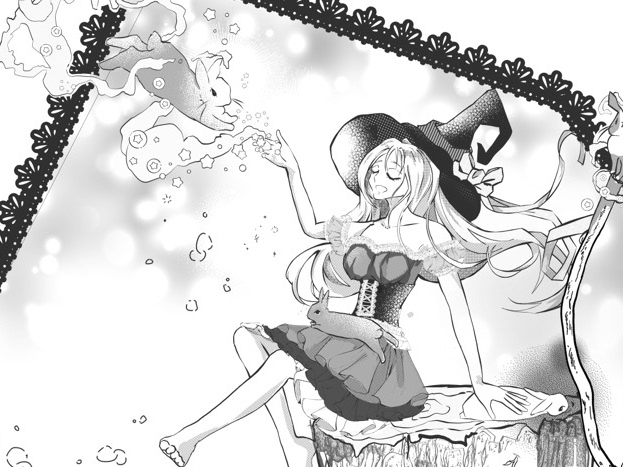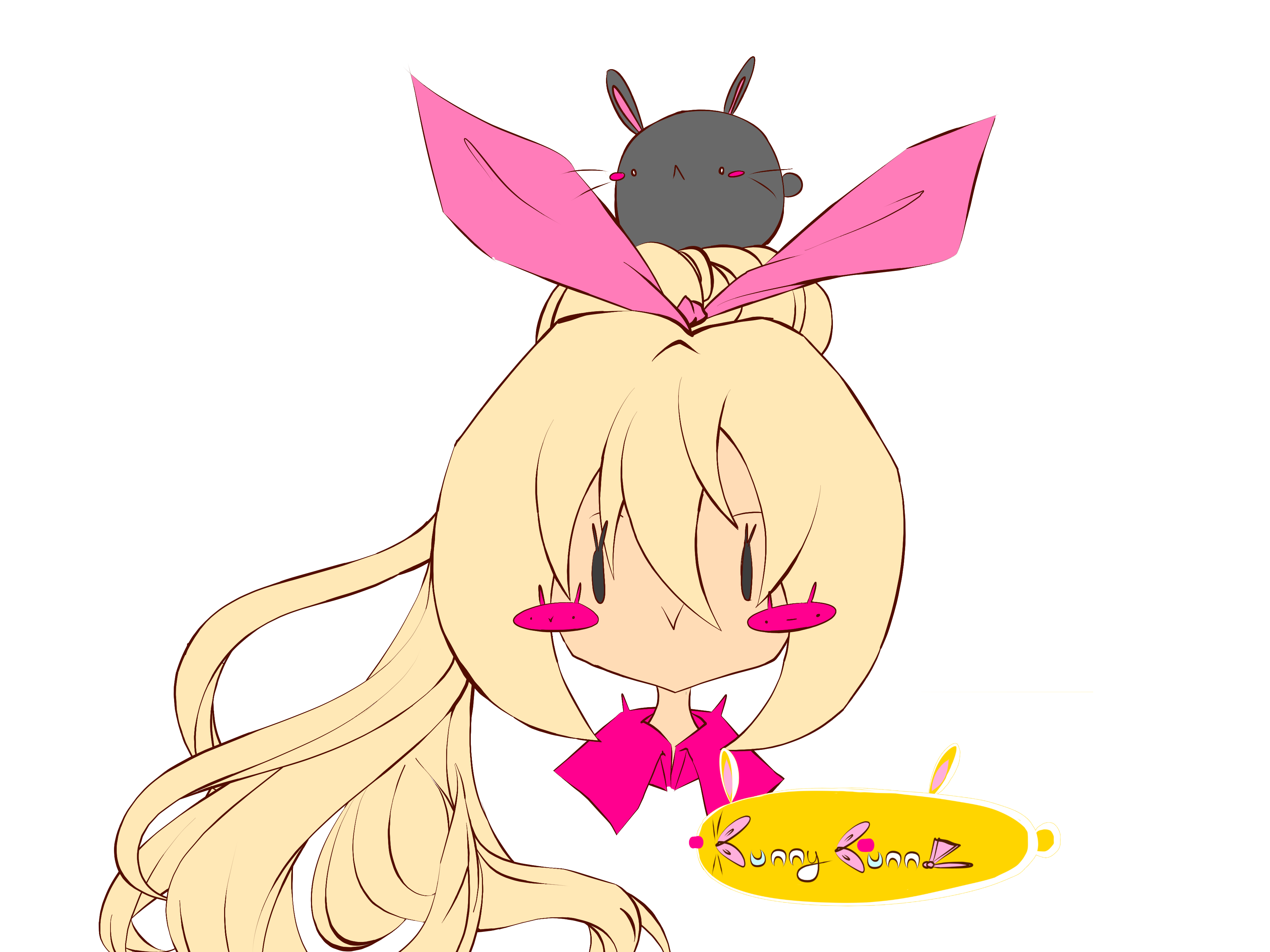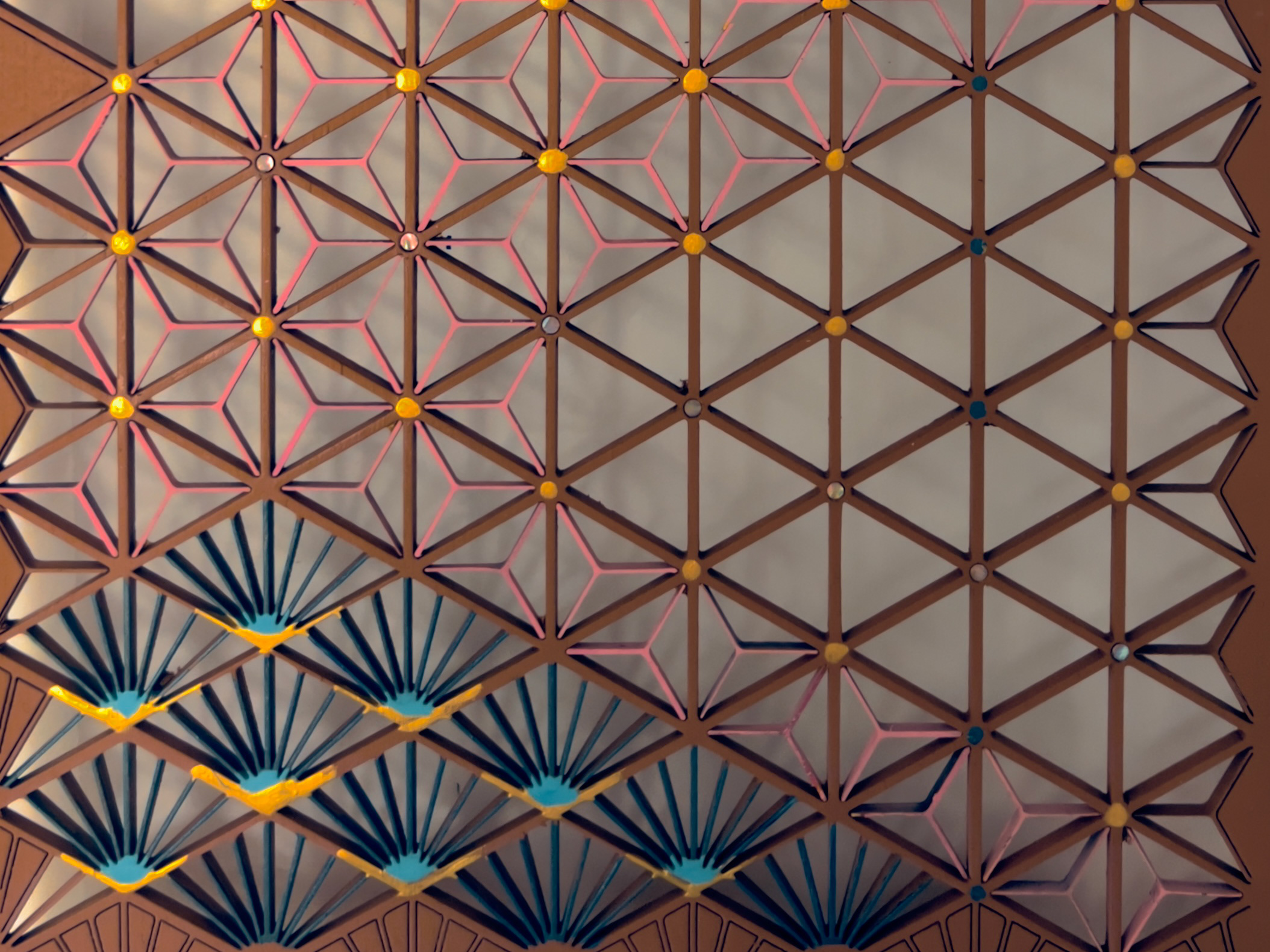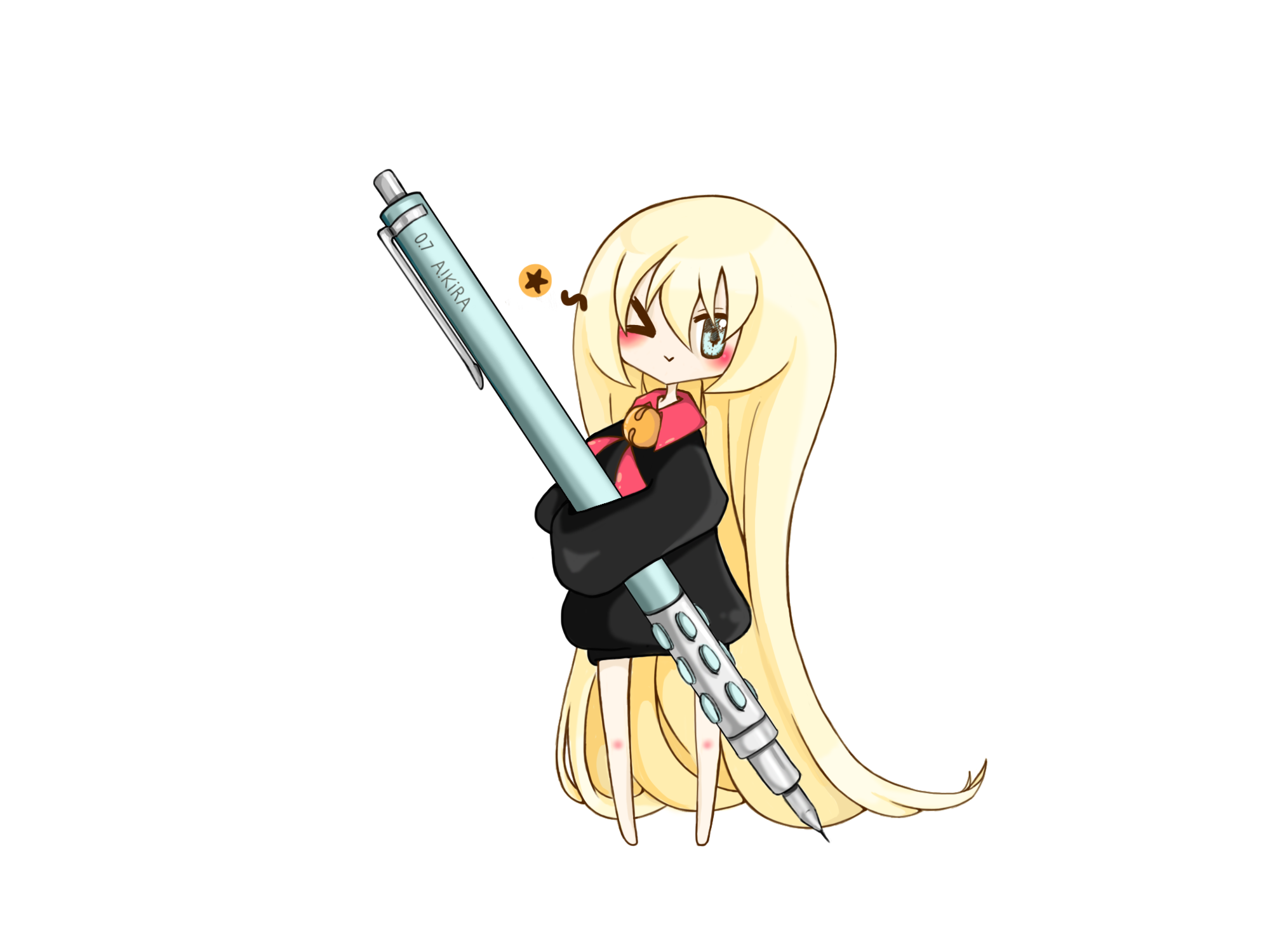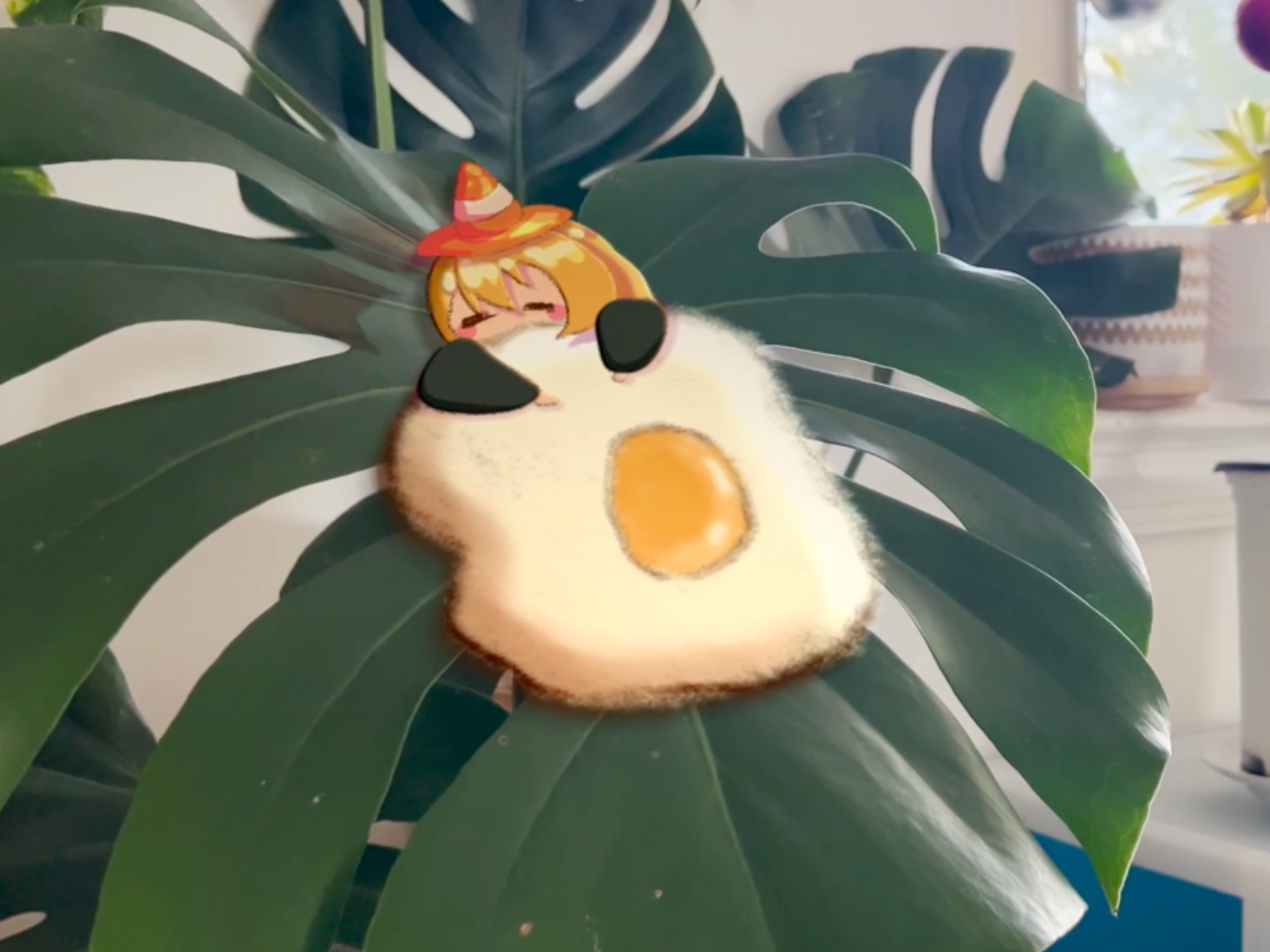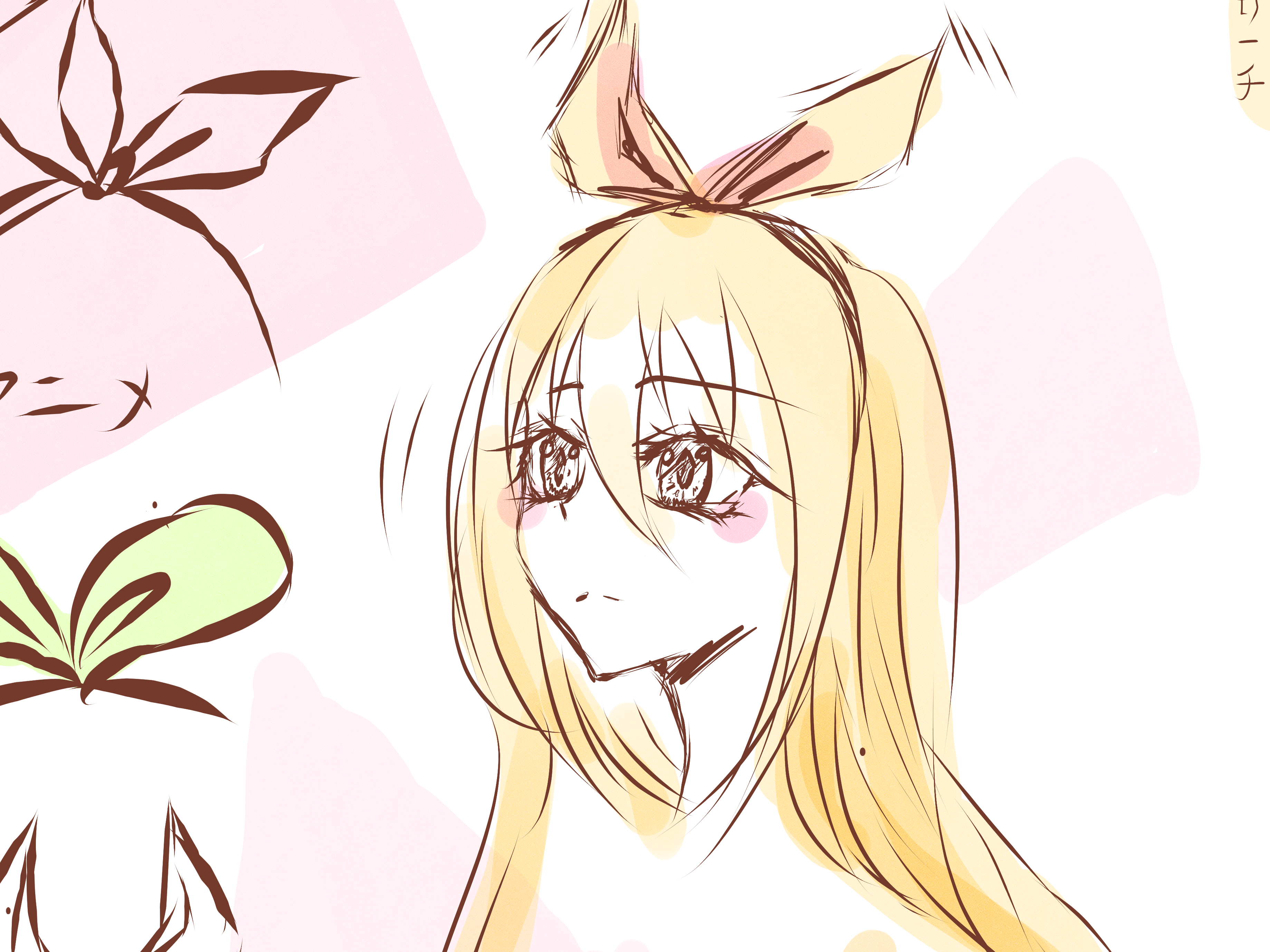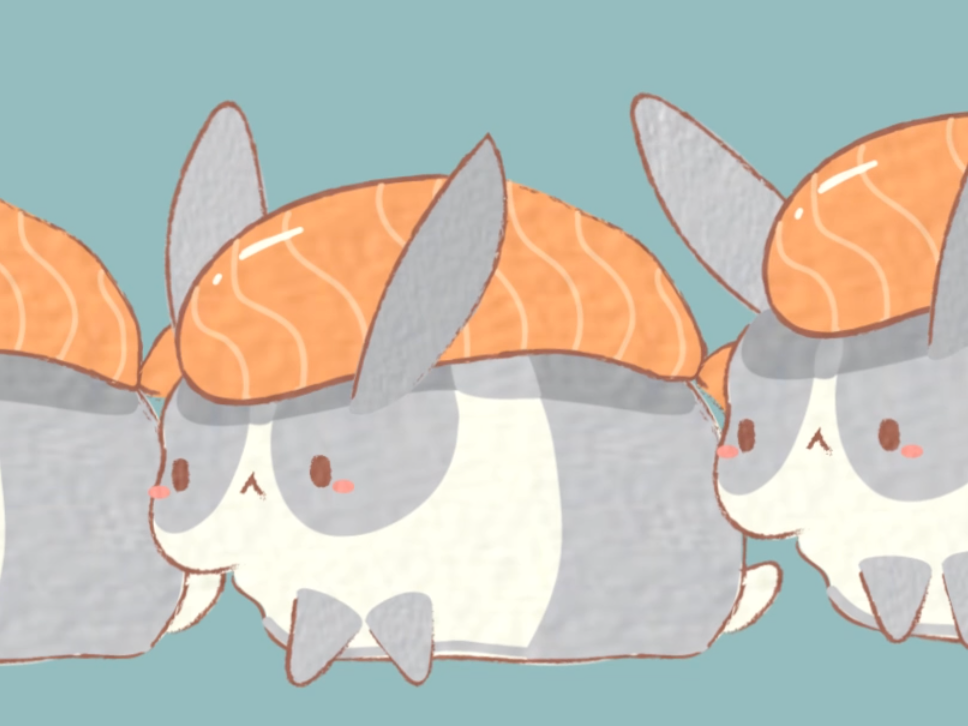Artist Statement
"Battle in the Cosmos" embodies my journey of artistic exploration through the realm of laser art. Over the course of a semester, I delved into a meticulous process of experimentation, pushing the boundaries of technique and materiality to bring this epic space battle to life.
With each iteration, I honed my craft, meticulously adjusting settings and exploring a array of materials to achieve the desired visual impact. From the intricacies of lineart to the nuances of shading, every detail was experimented on to capture the intensity and vision of the initial design.
One of the most exciting discoveries in this artistic odyssey was the use of clear acrylic for colored shading, a technique that added a new dimension of depth and vibrancy to the piece. Through countless hours of exploration and refinement, I not only learned new techniques but also gained a deeper understanding of the potential of laser art as a medium for creative expression.
It represents not only the culmination of technical skill but also the spirit of curiosity and experimentation that drives my creative process. As I continue to push the boundaries of laser art, I look forward to further exploring the boundless possibilities that this medium has to offer.
Process
Throughout the semester, I dedicated roughly 30-40 hours to the creation of my artwork. Initially inspired by my piece "Bunny Witch," I began with a design I had crafted in my spare time, which I subsequently refined digitally. However, as the semester progressed, my vision for the piece underwent numerous transformations.
In my first iteration, I attempted to translate the main character's hair, clothing, and skin into different wood veneers, but the results fell short of my expectations. Undeterred, I experimented with layering lineart and shading on various acrylic pieces, with wooden characters sandwiched between them, yet this approach also proved unsuccessful. Despite each laser process taking approximately 2 hours, acrylic didn't provide the necessary line depth for paint adhesion.
Determined to overcome these obstacles, I envisioned the first layer in white to make the lineart pop. My experiments with wood to create lineart took considerable time to engrave and cut due to the complexity of the design. After encountering issues with charred vectors and uneven cuts, I shifted my focus to engraving only.
Confident in my design and contrast, I adjusted the settings and density of the image, turning off assisted laser features and cranking the density to 7. This adjustment produced the desired depth and line quality, particularly on plywood, where the different wood types occasionally added visual interest. After spending around 5-6 hours on lasering, I replicated the process with two layers of acrylic, albeit with longer processing times.
To enhance depth, I applied paint to the lasered parts of the acrylic and wiped off the excess, resulting in a visually striking effect. Aligning all three layers posed a challenge due to the acrylic's thickness, prompting me to remove one layer and darken the paint on the other.
Seeking further depth, I selectively dyed certain areas of the wood and painted others. After refining my process and developing a precise method for aligning the laser to the piece, I cut out both layers on top of each other for uniformity, before gluing them together using techniques learned in class. Through persistence and innovation, I successfully realized my vision, overcoming technical challenges to create a cohesive and visually captivating artwork.

